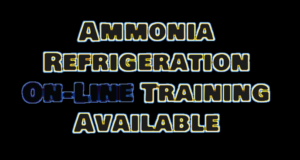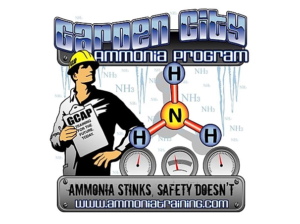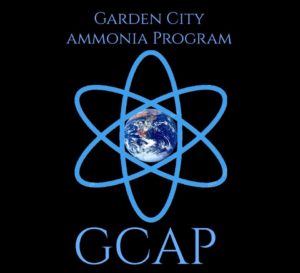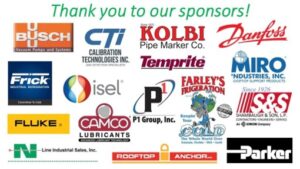In support of President Obama’s Climate Action, under this final rule, various hydrofluorocarbons (HFCs) and HFC-containing blends that were previously listed as acceptable alternatives under the SNAP program are now listed as unacceptable for specific uses. This rule is part of the SNAP program’s continuous review of alternatives to find those that pose less overall risk to human health and the environment. Specifically, this action changes the listing status for certain HFCs in various end-uses in the aerosols, refrigeration and air conditioning, and foam blowing sectors. This action also changes the status from acceptable to unacceptable for certain hydrochlorofluorocarbons (HCFCs) being phased out of production under the Montreal Protocol on Substances that Deplete the Ozone Layer and section 605(a) of the Clean Air Act, where substitutes are available that pose overall lower risk to human health and/or the environment.
Link to final rule proposal

In its original delisting announcement in August 2014, EPA jarred the HVAC&R industry by proposing that the indicated refrigerants be phased out as of January 2016. However, in its final rule, the agency moved those dates back by at least one year. First projected was January 1st, 2016.
For retail food refrigeration applications, the use of HFCs R404A, R507A and other HFCs in new supermarket systems will be deemed unacceptable as of January 1, 2017. R404A, R507A and other HFCs will be delisted from use in new remote condensing units in supermarkets as of January 1, 2018.
In retrofit systems, roughly the same refrigerants will become unacceptable one year from the date of publication of the final rule in the Federal Register.
The rule also listed revised dates for a slew of refrigerants, including R134a, R404A, R407A and R507A, in new stand-alone medium-temperature and low-temperature units in supermarkets. These refrigerants will be unacceptable as of January 1, 2020 for low-temperature units as well as medium-temperature units with a compressor capacity of at least 2,200 BTU/hour and medium temperature units containing a flooded evaporator.
The same refrigerants will be delisted as of January 1, 2019 in new medium-temperature units with a compressor capacity below 2,200 BTU/hour and those not containing a flooded evaporator.
The EPA designated January 1, 2019 as the date when refrigerants such as R134a, R404A, R507A and several others will be unacceptable in new vending machines. In retrofit vending machines, R404A and R507A will be unacceptable as of one year from the date of publication of the final rule.
In motor vehicle air conditioning, R134a will be unacceptable as of model year 2021, except where allowed under a narrowed use limit through model year 2025.
Consistent with President Obama’s Climate Action Plan, EPA is providing additional options for refrigerants in the United States that offer better climate protection without harming the ozone layer. EPA is listing certain climate-friendly hydrocarbons (ethane, isobutane, and propane) and a hydrocarbon blend (R-441A) as acceptable in stand-alone commercial and household refrigerators and freezers, very low temperature refrigeration, non-mechanical heat transfer, vending machines, and room air conditioning units. EPA is also listing HFC-32 as acceptable in room air conditioning units. HFC-32 has one-third the GWP of the conventional refrigerants currently being used in room air conditioning units. Through this rulemaking, EPA is also exempting ethane, isobutane, propane, and R-441A from the §608 venting prohibition for the specific applications listed above.
 In its original delisting announcement in August 2014, EPA jarred the HVAC&R industry by proposing that the indicated refrigerants be phased out as of January 2016. However, in its final rule, the agency moved those dates back by at least one year. First projected was January 1st, 2016.
In its original delisting announcement in August 2014, EPA jarred the HVAC&R industry by proposing that the indicated refrigerants be phased out as of January 2016. However, in its final rule, the agency moved those dates back by at least one year. First projected was January 1st, 2016.






